Notes
A Swipe At Community Organizing
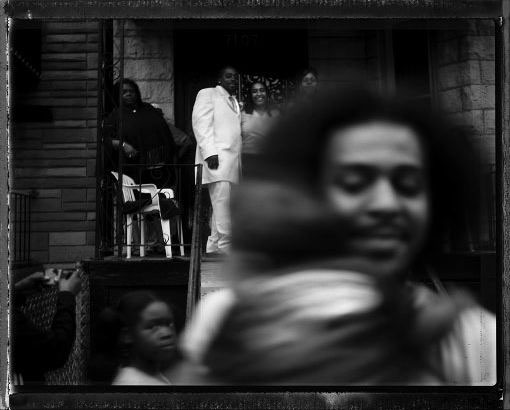
Last weekend, Black Entertainment President Robert Johnson, comparing the social commitment between the Clinton’s and and Barack Obama in their earlier lives, stated that…
“Hillary and Bill Clinton … have been deeply and emotionally involved in black issues since Barack Obama was doing something in the neighborhood and I won’t say what he was doing, but he said it in (his) book ….”
In the controversy that followed (based on the inference that Obama’s activity “in the neighborhood” revolved around drug use), Johnson issued a clarification, stating:
My comments today were referring to Barack Obama’s time spent as a community organizer, and nothing else. Any other suggestion is simply irresponsible and incorrect.
When Hillary Clinton was in her twenties she worked to provide protections for abused and battered children and helped ensure that children with disabilities could attend public school.
That results oriented leadership even as a young person is the reason I am supporting Hillary Clinton.
In the furor ignited by the initial statement, what is overlooked — and left to resonate in the public square — is the fact that “community organizing” is somehow an inferior activity, certainly as compared to Hillary Clinton’s efforts on behalf of abused and disabled children.
In response, The BAG offers you an excerpt from a photo-narrative by Chicago-based photojournalist Jon Lowenstein, entitled “The South Side.” Jon’s introduction is just below the selection of images.
Driving down Martin Luther King Boulevard on Chicago’s South Side, change is evident everywhere. Signs advertising new condominiums dot the landscape and city blocks that once stood vacant are being completely replaced with new prefabricated housing and recently opened chain stores.
To the outside eye, this infusion of housing appears wholly positive, but the truth behind neighborhood transformation is far more grim. Poor communities across the country are going through similarly wrenching change as their once isolated neighborhoods are being rapidly gentrified, and few longtime residents will remain when the change is complete.
These once proud industrial communities fell into hard times during the 1970’s and 1980’s, changing from thriving areas to places far removed from local and federal resources and rife with unemployment, poverty, drugs and gang violence. Despite this adversity, many residents have stayed and have deep feelings of affection for their home neighborhoods. More recently, though, another challenge has reared its head. Residents in each of these communities face the very real possibility of being displace from the communities they love because they can no longer afford to live there.
In light of Johnson’s statement, Jon’s images, and particularly, the overwhelming power gap between rich and poor, the question is: what could be more essential — and democratic — than community organizing?
(images: © Jon Lowenstein. 2006. Chicago, Illinois. Used by permission)
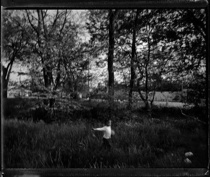
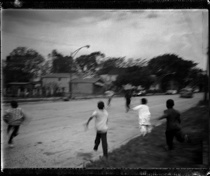
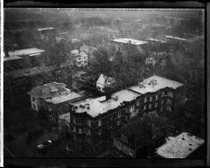
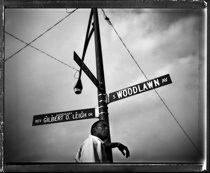
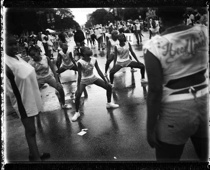
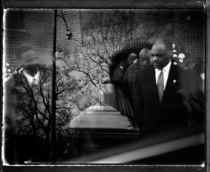
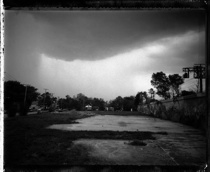
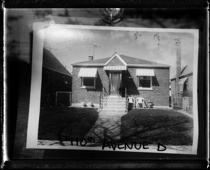

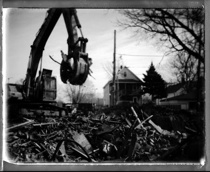
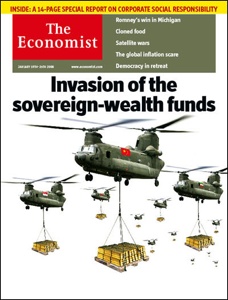
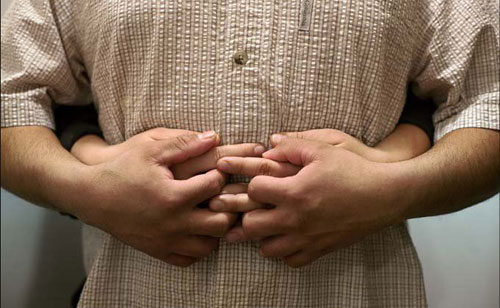
Reactions
Comments Powered by Disqus